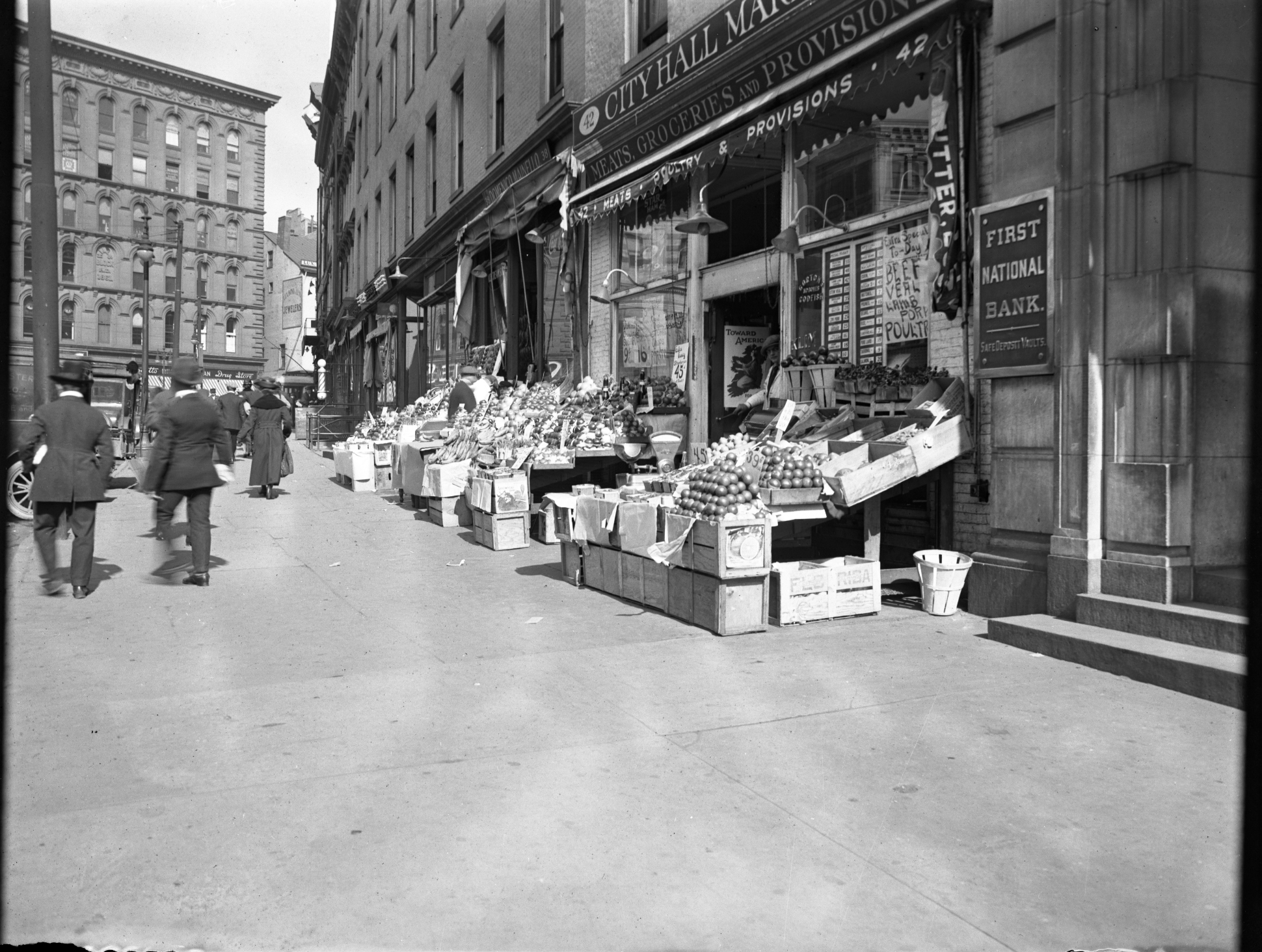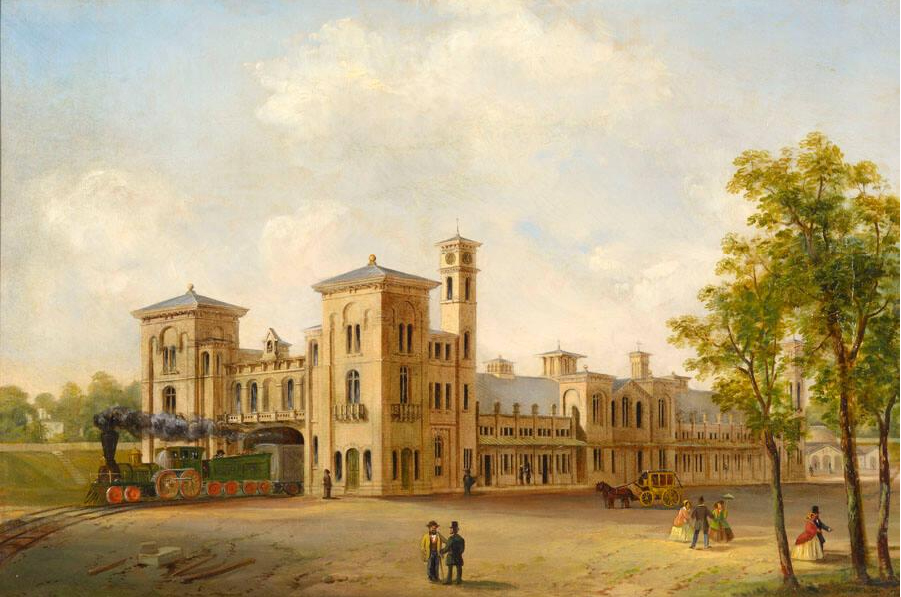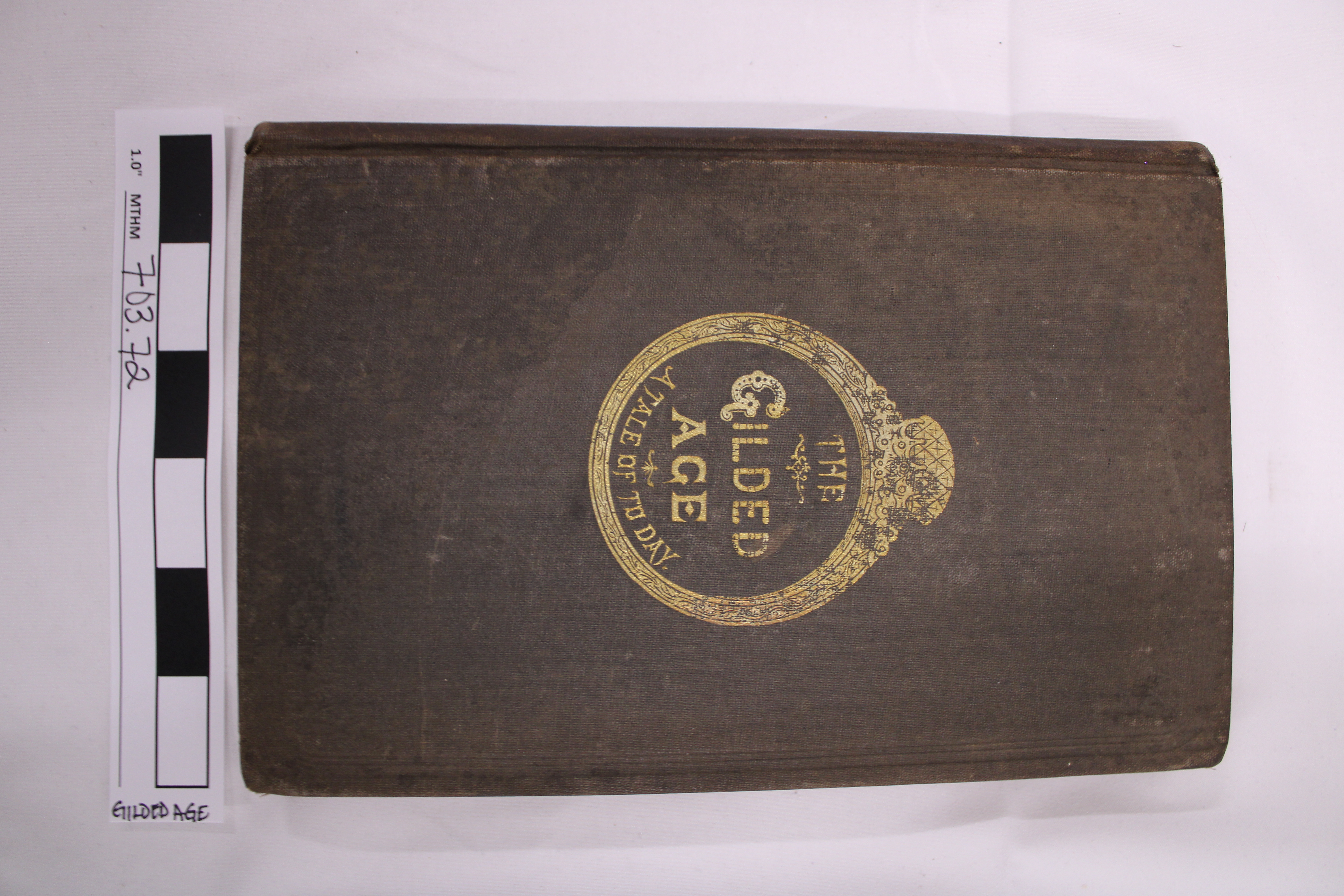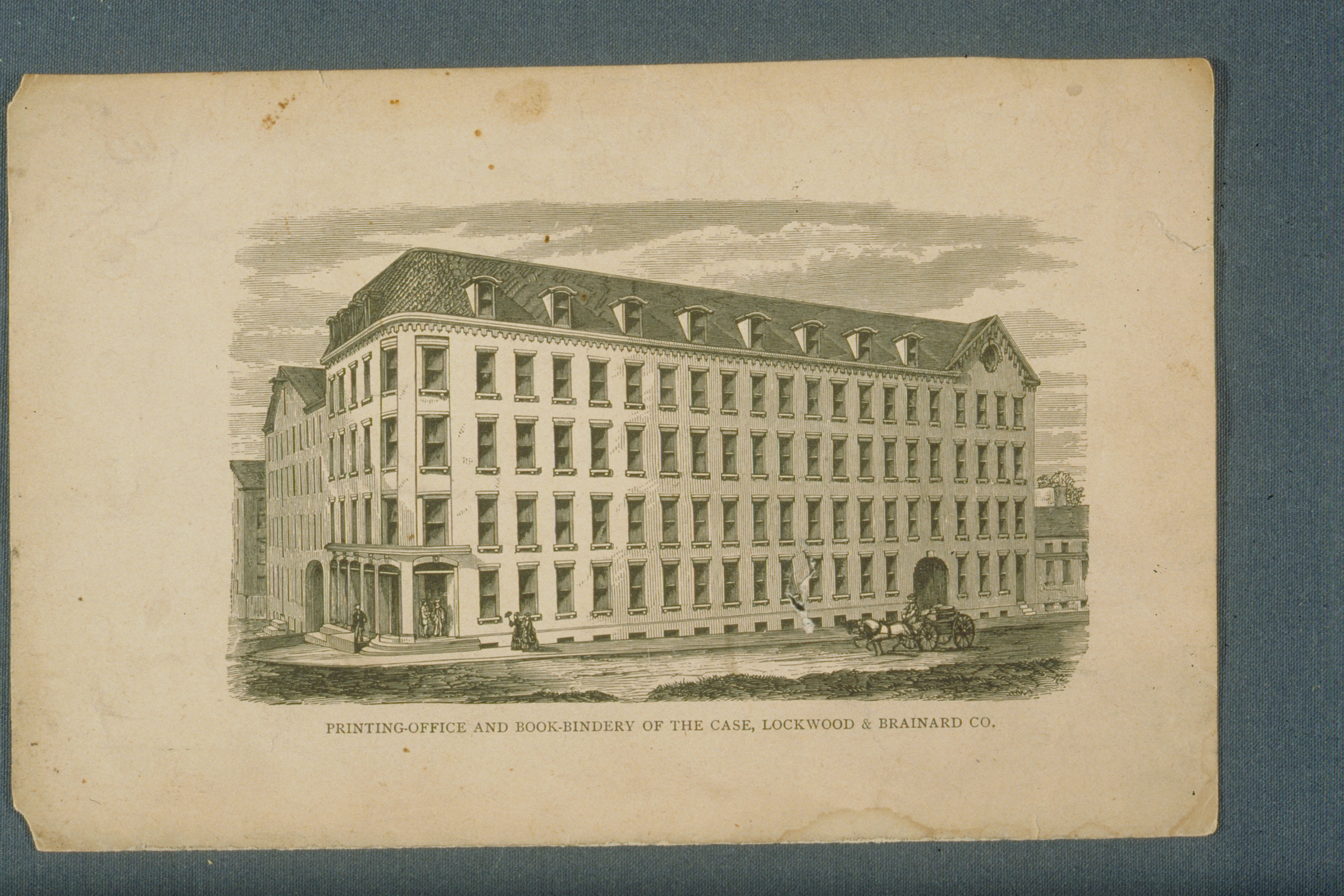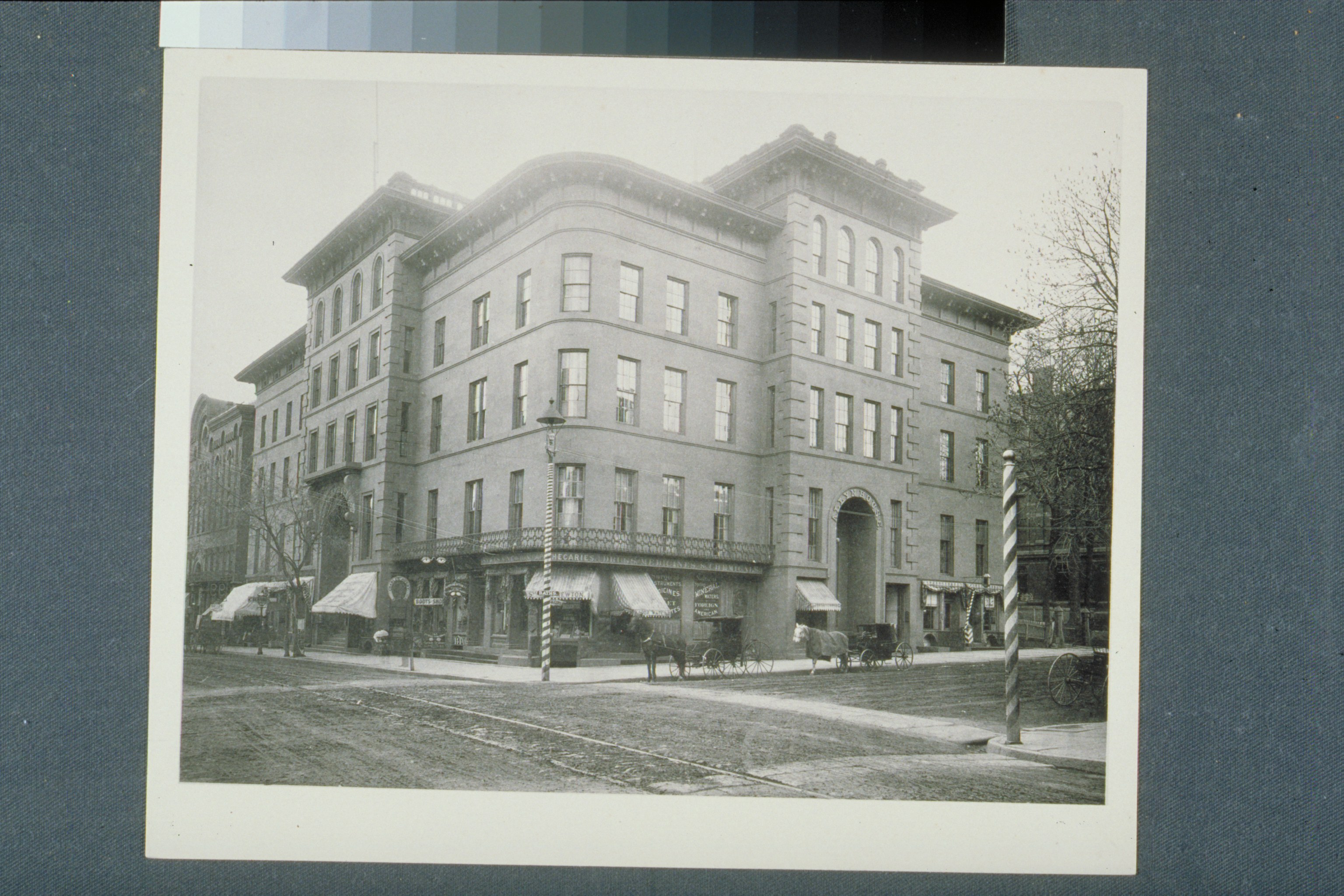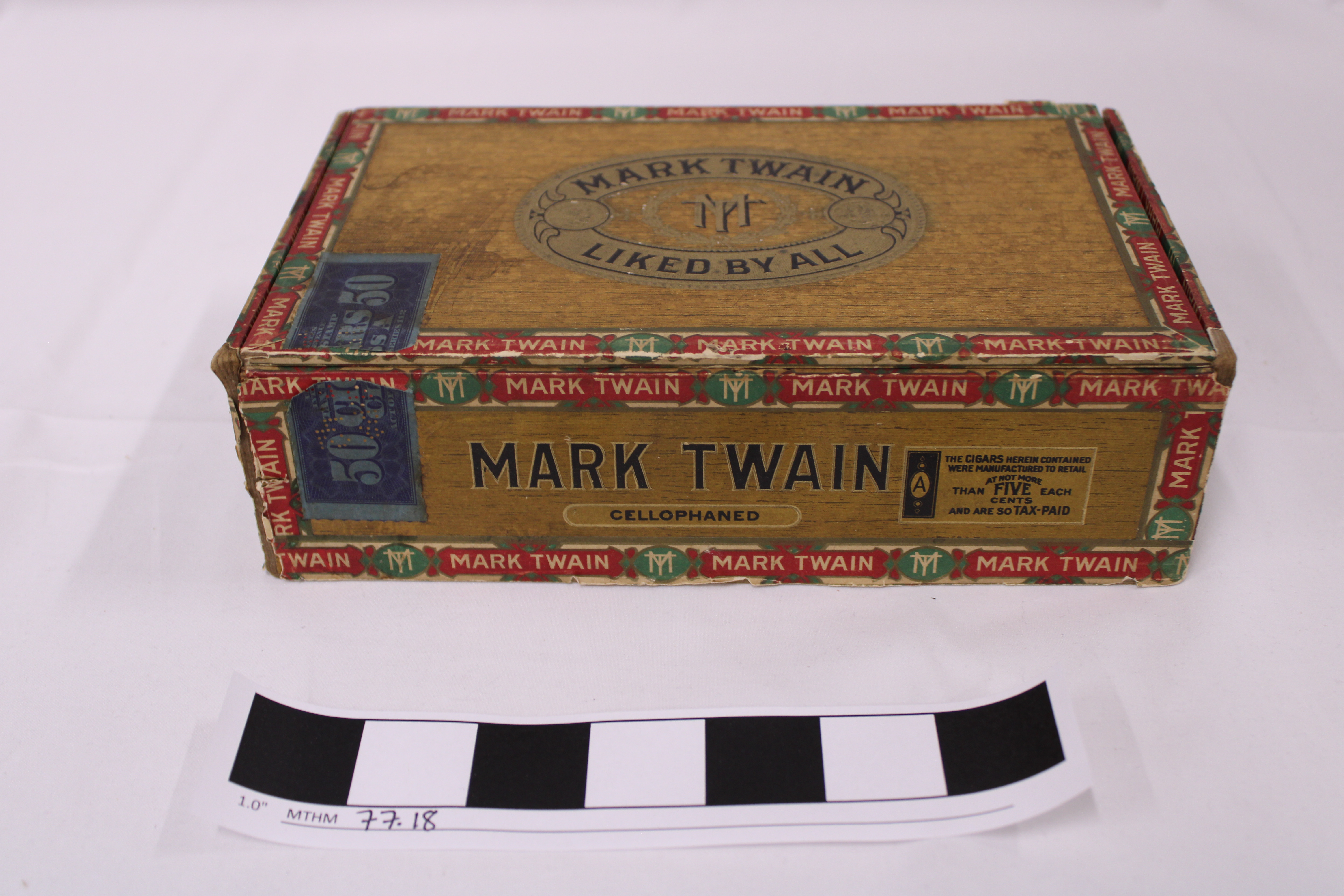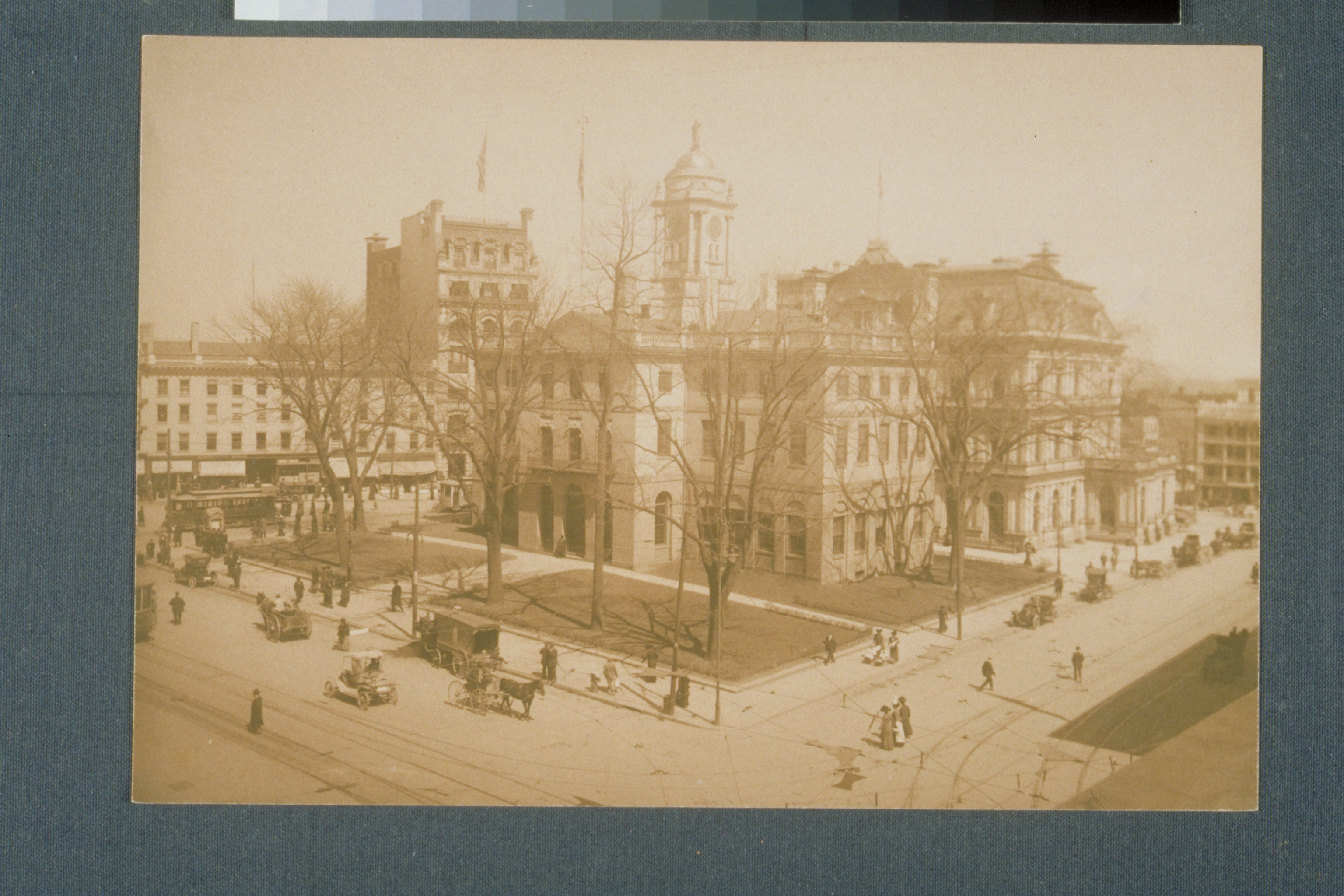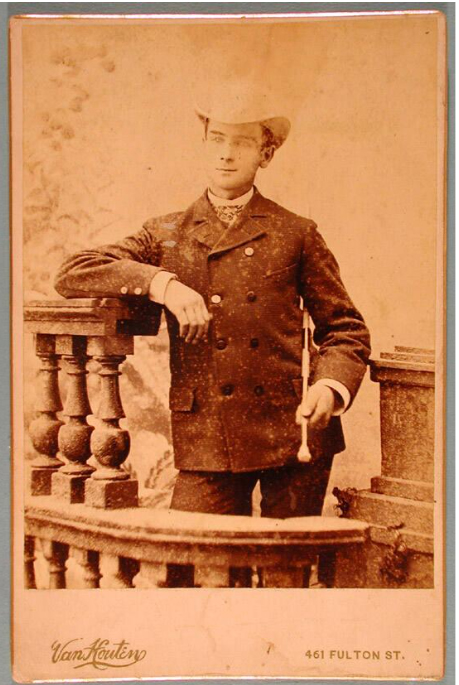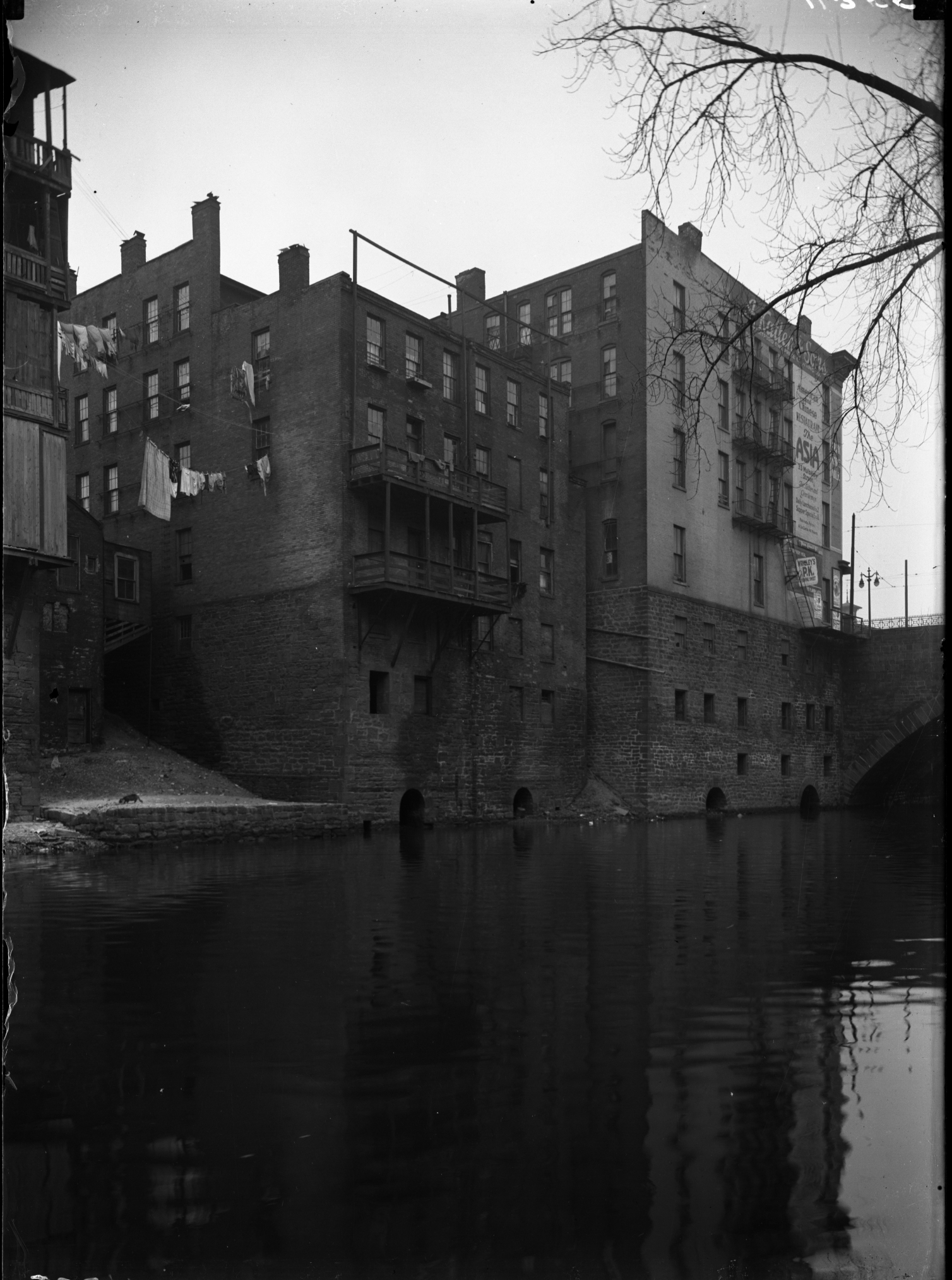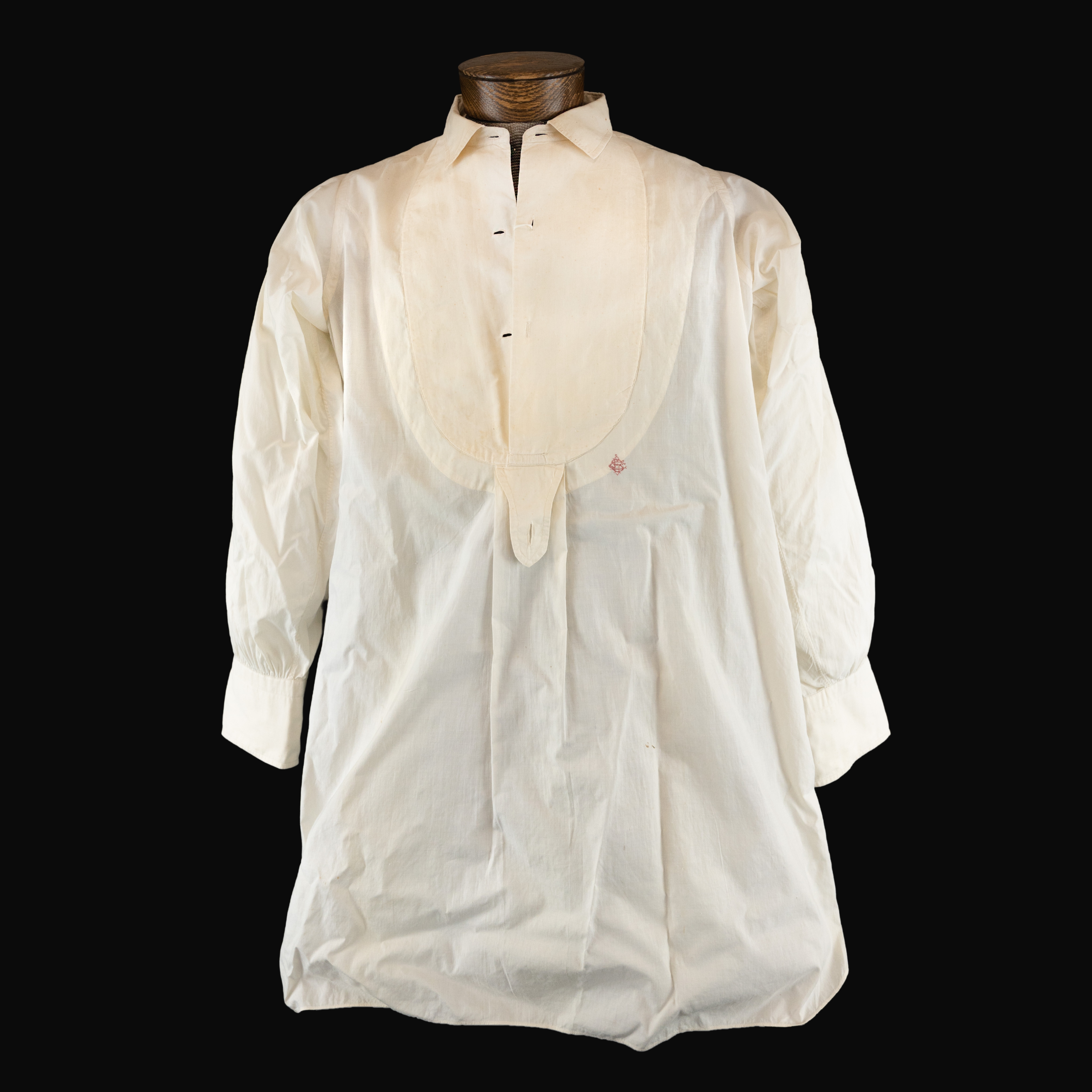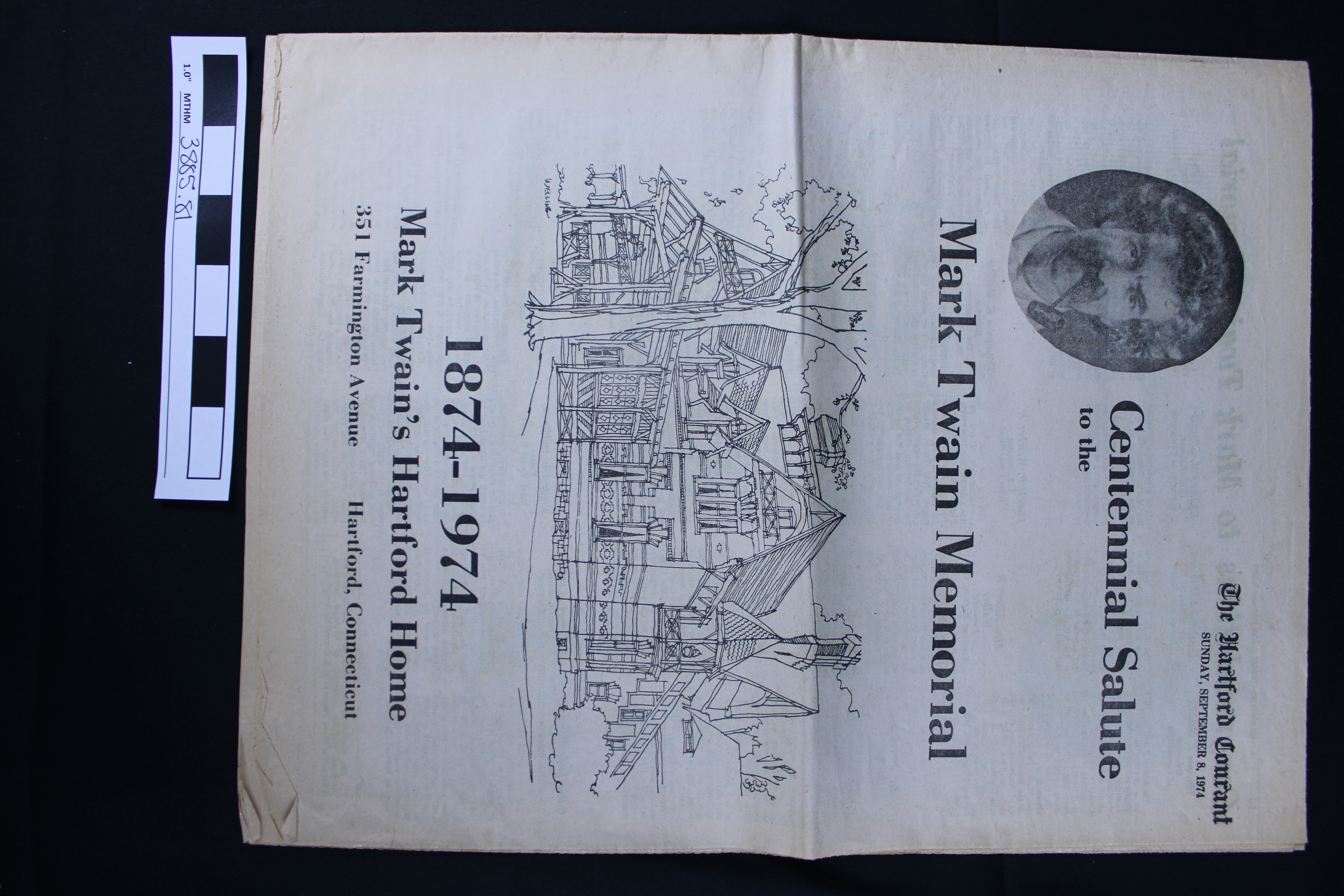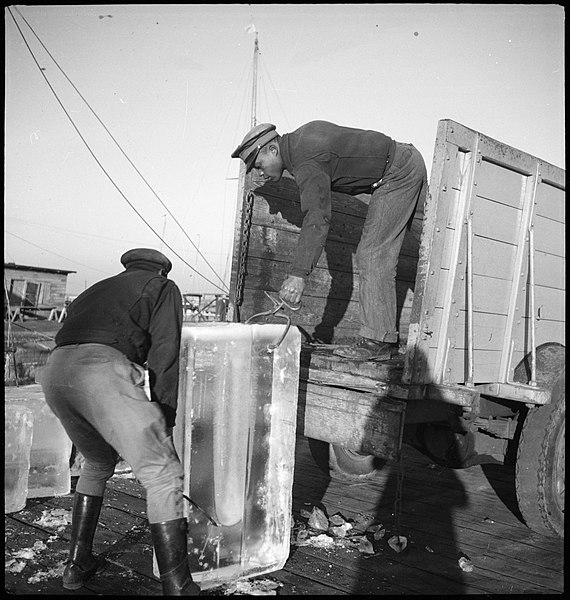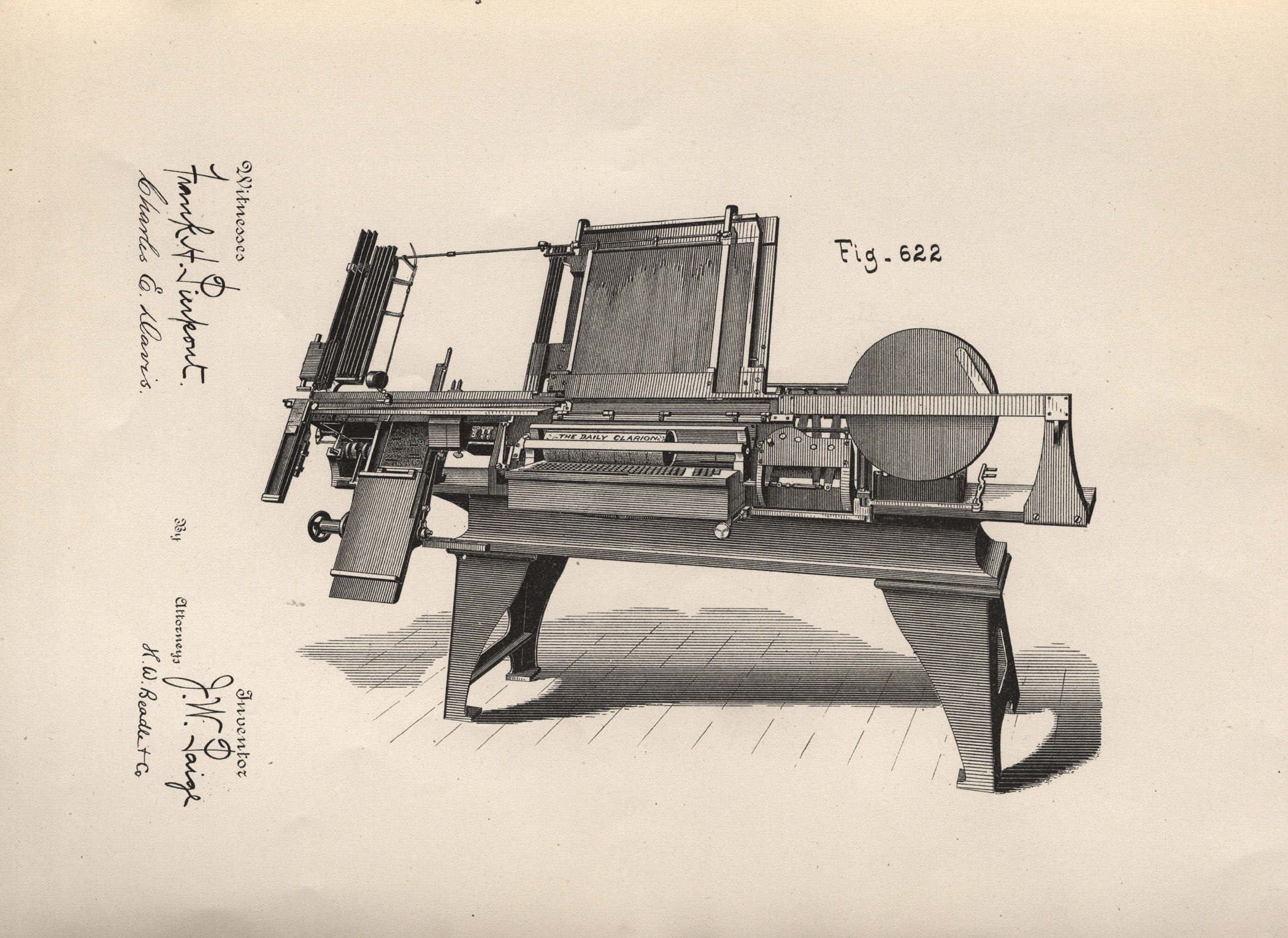Hartford Ice Company– pearl street side of Gold Building
Today, Ice is something we take for granted and don’t think too much about. We get ice in bags from the store, fill trays from the tap to put in our freezer, or cubes come straight from our refrigerator door. But back in the Clemens era, ice was a luxury, especially in summer months. And having ice-formed treats at dinner parties was an even higher symbol of status.
Refrigeration and freezing technologies advanced in stages, but for the first couple thousand years of human existence ice was harvested from nature rather than a human produced product. When rivers and lakes would freeze in the winter, enterprising humans would cut blocks of ice out and store it in naturally cool places like caves or human-made storage structures called ice-wells. This meant that people in climates that allowed for freezing water had ice throughout the winter and maybe into spring; but those in warmer climates or many places in the summer and fall didn’t have access to ice.
In the early 1800s, about 30 years before Samuel Clemens was born, a businessman from Massachusetts named Frederick Tudor decided to try to transport, store, and sell ice on a larger scale. It took a bit of trial and error, but fairly quickly, New England merchants were shipping ice all over the country and the world.
Since the Connecticut River is one of those bodies of water that froze each winter, ice companies were prevalent in this area. According to an article in the Hartford Courant, the Hartford Ice Company was formed in November 1863 “with a capital of fifty thousand dollars, to furnish ice during the warm season of the year at the lowest possible figure. Mr. J.R. Phillips, a pioneer in the business, is the largest shareholder.”
Businesses like the Hartford Ice Company owned sections of the river, ponds, and/or lakes. They also had store houses called “ice-houses” that were designed to help slow the melting process. Then they had to have ways to transport the ice to customers near and far so train cars, carriages, and wagons were employed. The Hartford Ice Company’s offices moved a number of times but in 1873 the Clemenses purchased 57.5 lbs of ice from the company between January 7th and May 2nd and sent the check for $23 to the office’s location here at 13 Pearl Street.
Once delivered to a customer, it was up to them to use or store the ice. You had to be rather wealthy to have your own ice-well or even better your own ice-box. Ice-boxes of the late 1800s are the precursors to the refrigerators we have in our own homes today, and had the same purpose – to use ice to preserve food. Families like the Clemenses paid for ice by the pound and orders varied on how much could fit in the refrigerator, what you needed it for, how often you wanted a delivery, and what time of year it was.
For instance, in November and December 1872, the Clemenses bought 21.25 pounds of ice–about 10.6 pounds of ice per month. From January through April of 1873, they bought 57.5 pounds of ice–about 14.4 pounds of ice per month. We don’t know for sure, but it’s likely that they bought more of that ice in March and April when it was warmer.
Being able to buy ice all year round, store it, and use it for food storage and preparation was a luxury only the upper classes could afford. As such ice actually played an integral role in the social status of the Clemens family and in the developing persona of Mark Twain. As an upper-middle class family and a growing celebrity, Samuel and Olivia Clemens as well as Mark Twain were expected to entertain friends, family, business associates, and acquaintances. This meant having lavish dinner parties multiple times a week, serving the best fresh foods, and awing guests with rare treats such as ice-cream. Clemens, as himself and as Twain, had to balance his financial instability with the high demands of being a public figure.

